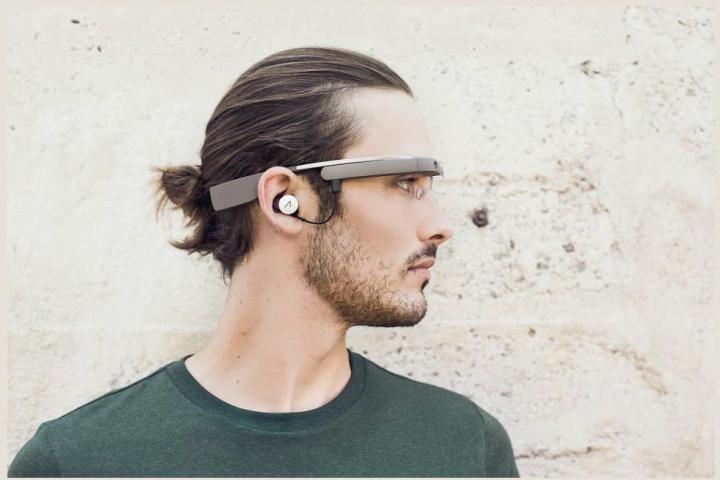
With Google’s big developer bash just hours away, the Mountain View company has refreshed its Glass hardware, doubling the memory, improving battery life, and adding a few new features.
Announcing the improvements on its Google+ page Tuesday night, the Glass team said the face-based computer will now start shipping with 2GB of RAM, that’s twice as much as before.
A combination of recent hardware changes to Glass and new firmware released with this latest update sees battery life boosted by around 15 percent, enabling Glass users to go that little bit longer before the device conks out.
Unfortunately for current Explorers, Google isn’t offering any upgrade option for the newer, more powerful model, so they’ll have to make do with their slightly inferior set for the time being. It’s good news for Brits, however, as Google’s recent announcement that it’s extending its Explorer developer program to the UK means they’ll all be getting the latest version of Glass.
Feature-wise, Tuesday’s update offers an easier way to frame shots, so when you say, “OK Glass, show the viewfinder,” small white markers will appear in the corners of the display. After you’ve got your shot looking just the way you want it, you can fire the shutter by either winking, saying “OK Glass, take a picture,” or by taking the old-fashioned route and tapping the camera button, located on the upper right of the frame above the right eye.
Speed improvements have also been made to voice search, which is now 10 percent faster, and a couple of new Google Now cards have been introduced to remind you where you parked your vehicle and to help you track packages.
In other Glass-related news Tuesday, Google rolled out a bunch of new Glassware apps covering everything from news (the Guardian) to music (Shazam) to space exploration (Star Chart).
A date for the Glass’s general release still hasn’t been announced. While many had been hoping for a proper launch this year, Google’s Sergey Brin sounded a bit vague when asked about it in an interview last month, saying, “I’d hope we could by the end of the year, but I’m not sure.” Hopefully we’ll hear something more concrete at Google I/O this week.


